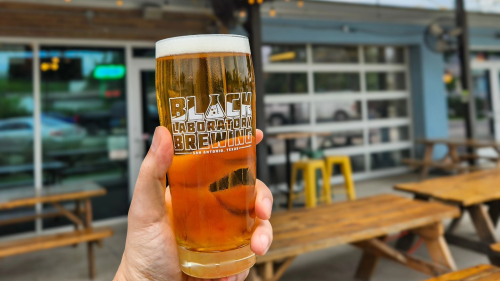What’s in a name? As it turns out, quite a lot.
We’re indulging in some San Antonio history today, specifically with a look at local toponymy, the study of place names.
Bexar County
To understand Bexar County’s name, we need a quick lesson on the history of the Republic of Texas. The county was created in 1836 during the time of Texas’ independence and originally included parts of New Mexico and Wyoming. The settlement was originally named for Presidio San Antonio de Béxar, a Spanish fort near the San Antonio River.
Balcones Heights
This enclave city gets its name from the Spanish word for “balcony.” It’s said that when Lieutenant Governor of Texas, Bernardo de Miranda y Flores, saw the hills in 1756 he thought they looked like balconies.
China Grove
There are a few theories on how this community got its name, but the leading theory involves trees. Around 1840, an amateur botanist named Warren D.C. Hall planted chinaberry trees on his plantation. Hence the grove in China Grove.
Cibolo
While some posit that the name is derived from “an Indian word meaning ‘buffalo,’” we found a 19th-century text detailing an archeological expedition of the Southwest that provides some more context.
According to this text, “cibolo” may come from “cibola” — a Spanish transliteration of a Zuni pueblo — and buffalo were sometimes called “the cows of Cibola.” Eventually, this got shortened to just “cibola” or “cibolo.” Interesting, right?
Converse
Not “converse” the shoe, but Major James Converse, the chief engineer of the Southern Pacific Railroad who bought the land in 1877.
Dignowity Hill
This suburb gets its name from Dr. Anthony Michael Dignowity, a Czech immigrant who first settled the area when he built his family home on a hill. Dr. Dignowity is also known for his work as a public official, physician, and abolitionist.
Elmendorf
History has some kind things to say about Henry Elmendorf, the city of Elmendorf’s namesake and mayor of San Antonio from 1894 to 1897. He’s lauded for helping Elmendorf’s economic growth, particularly through providing financial support to the Aransas Pass Railway.

The King William neighborhood is marked by its distinctive European architectural influences
Photo by @parkerleefilm
King William
This downtown historic district is said to be named for King Wilhelm I, the monarch of Prussia in the 1870s. But why? Some say it’s because in the mid-1800s, the neighborhood was predominantly populated by German immigrants.
Pearl District
Pop quiz, beer lovers — name the historic brewery formerly called the San Antonio Brewing Company. Okay, smartypants — you’re right. It’s the Pearl Brewery. Known for its Pearl beer, this brewery inspired the district’s naming.
Learn more about the Pearl Brewery.
Shavano Park
It’s unclear where Shavano Park gets its name, but there are a few theories. We know that there was likely a school in the area with a similar name in the 1860s. Some believe the school was named for a French rancher and that Shovano is a phonetic spelling of his name.
Others believe the area is named for a Ute Tribal leader, Chief Shavano. His name was possibly given to him by French fur traders who called him “Chavaneux” or “blue flowers,” which was Americanized into “Shavano.”
Terrell Hills
For this name, thank Frederick Terrell, who sold his family’s farmland as residential space in the 1920s. To great success as well — by the 1930s the community had a population of 1,236, and by 1960, that number exploded to 5,572.
Tobin Hill
Named for John Wallace Hill, the “gunless sheriff” of Bexar County for 21 years. He also served as mayor from 1923 until his death in 1927.
We know there are many more places with historical names around San Antonio. Let us know what we missed by adding a point to our map.














